Here are some suggestions on how to support the development of reading and writing in children (3-10 years old) by using WriteReader. Please note that the developmental stages overlap and the age references are a generalization. This will vary from child to child.
3-4 years (preschoolers)
Audio storytelling
Stage definition
This stage is based on the spoken language, and gives even the youngest users the opportunity to tell stories by using the recording function.
Support suggestions
Parents and teachers should “translate” children’s audio recordings into written language by adding text to the adult text field. This gives children valuable insight into the purpose of writing. At the same time, it shows similarities and differences between spoken and written language, like spaces between words.
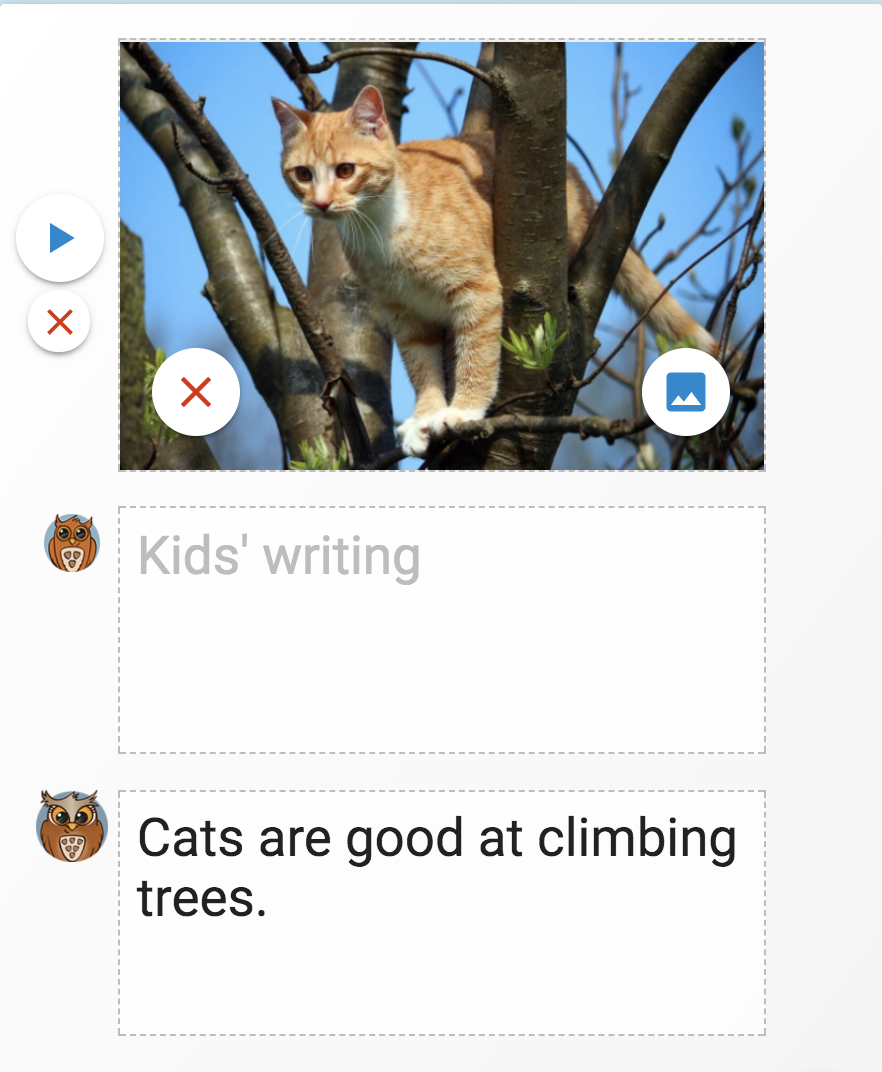
4-5 years (kindergartners)
Early Emergent Writing
Stage definition
The first writing stage is characterized by “scribbling,” where children pretend that they are writing by hitting random keys on the keyboard. Writing at this stage will often be long rows of letters without spaces.
It also includes “logographic” writing, which uses words that are easily recognizable because the child has been seen it many times (e.g. the child’s name and text logos like LEGO, M&M’s, and Oreo).
Support suggestions
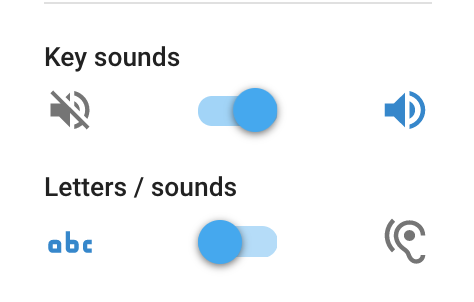 First of all, it’s important to turn on the key function that provides audio support for the letter names. This allows children to make the connection between the letter and its name while they “scribble” or practice “pretend” writing.
First of all, it’s important to turn on the key function that provides audio support for the letter names. This allows children to make the connection between the letter and its name while they “scribble” or practice “pretend” writing.
Continue to add conventional writing (correct spelling and grammar) in the adult writing field. This strategy gives children the chance to see the spelling of familiar words. They may even learn the initial letter of a word or the spelling of high-frequency words, such as I, me, you, and, her, and him.
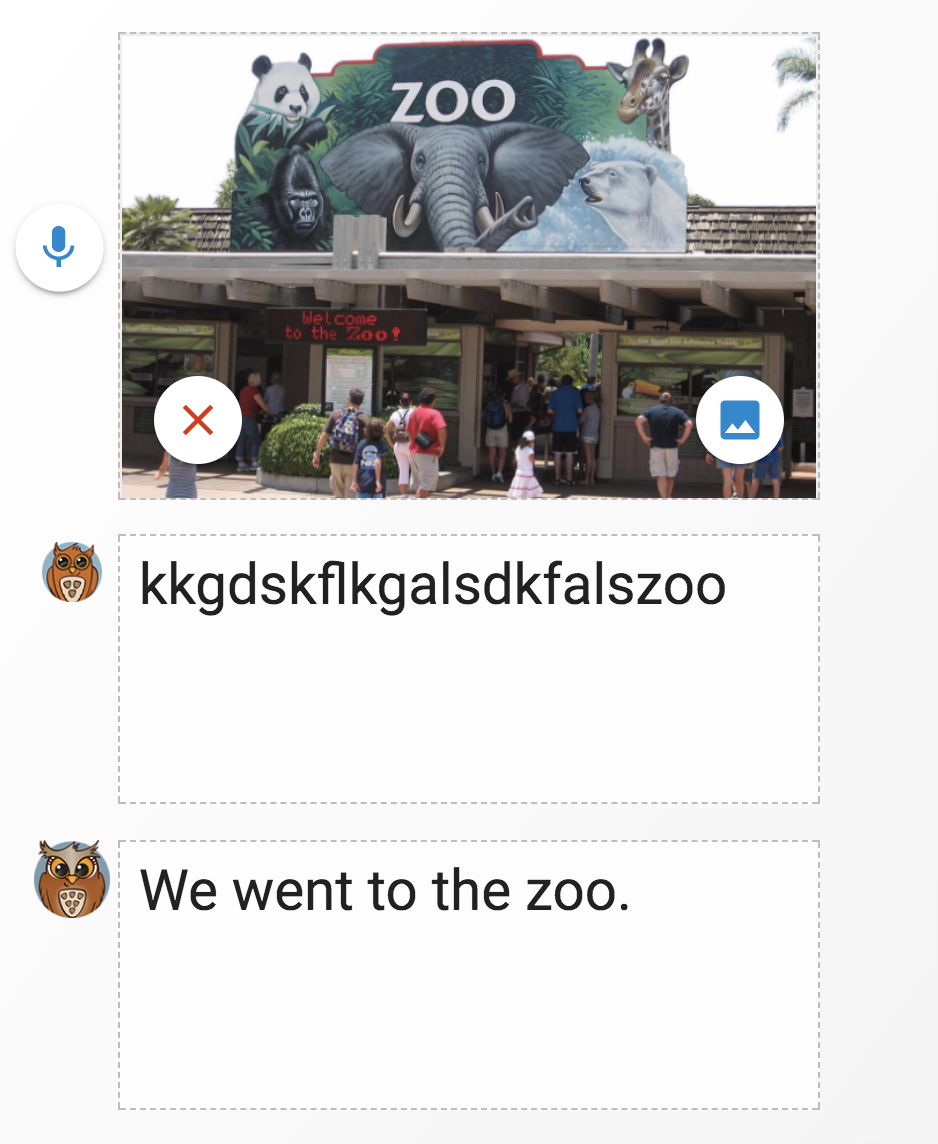
5-7 years (1st and 2nd graders)
Emergent Writing
Stage definition
By now, children have gained an initial understanding of phonics, which is the correspondence between letters patterns (graphemes) and sounds (phonemes). Some of the words may have the correct initial letter and a few other letters.
Support suggestions
Emergent writers are ready to change the audio support of letter names to letter sounds (phonemes). Continue to provide conventional 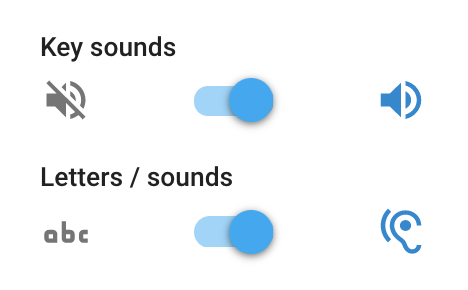 writing along with the emergent writing at this stage. Doing this helps children to understand the letter/sound relationship more fully. They will also notice letter patterns and sequences.
writing along with the emergent writing at this stage. Doing this helps children to understand the letter/sound relationship more fully. They will also notice letter patterns and sequences.
Children begin to make the reading-writing connection at this stage and are much more aware of embedded clues, such as picture and initial letter clues. When it comes to reading their completed WriteReader book, be sure that they read the conventional text. This will help them to recognize words in other books and develop their spelling skills.
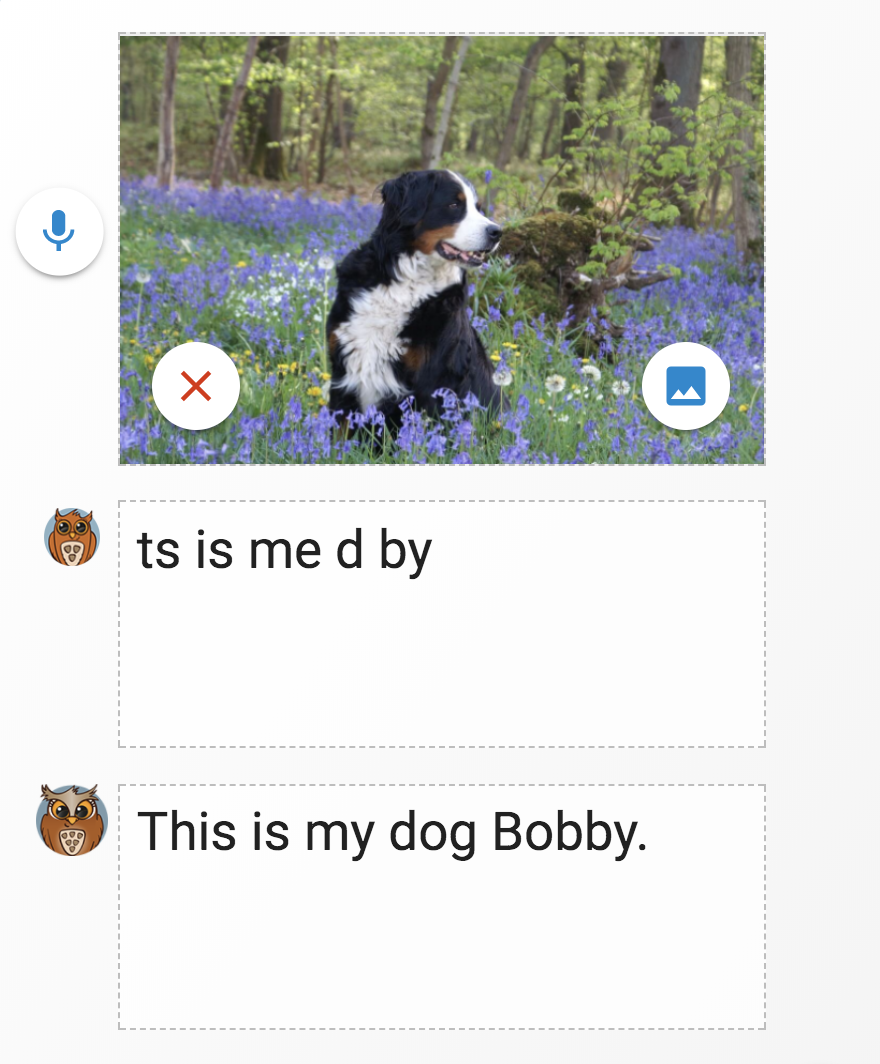
6-8 years (2nd-4th graders)
Transitional Writing
Stage definition
In transitional writing, there is a one-to-one relationship between the letters and sounds represented in children’s writing. For example, word like “people” could be spelled “pepl”. Children will write the letters in the correct sound sequence but they haven’t learned the various spelling patterns or exceptions yet.
Support suggestions
Even though children’s writing has now reached a certain level (where it can be deciphered by others), providing conventional writing is still very important to writing progress. Children will learn through comparison that many letters have different sounds, especially when paired with other letters. Some letters are even silent.
To gain that knowledge, children need to compare their own text with the conventional writing and read it aloud to family, friends, and classmates. At the same time, children will start to notice and learn about the use of punctuation and capital letters. You can document progress by comparing books on their “bookshelf,” which were written at an earlier date.

8-10 years (4th graders and above)
Fluent Writing
Stage definition
Around this age, children start to notice and learn all the irregularities in written language. It’s the longest learning phase in writing development and can extend over several years.
Support suggestions
Children can turn off the key sounds at this stage, if this support is not needed.
When children are able to spell more than 75% of the words correctly, it no longer makes sense to “translate” their writing in the adult text field. It would be both time-consuming and unnecessary.
Instead, the teacher/parent can try these suggestions:
- Write the misspelled words in the adult text field.
- Write a comment that can guide the children to correct themselves. For example, “Find and correct two misspelled words” or “Remember to use punctuation and capital letters.”
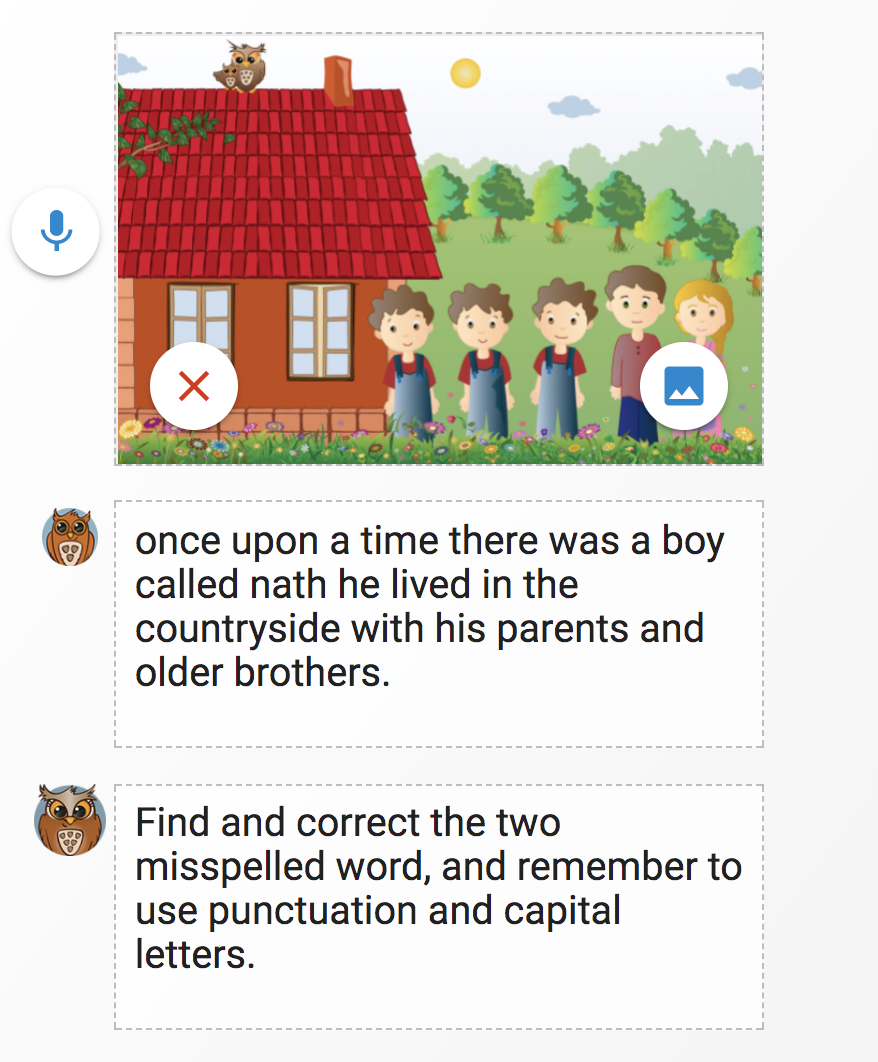
Most importantly, give your children or students plenty of praise, encouragement, and opportunities to practice writing and reading. WriteReader is an effective educational tool to support parents and teachers, as you support your young learners!
